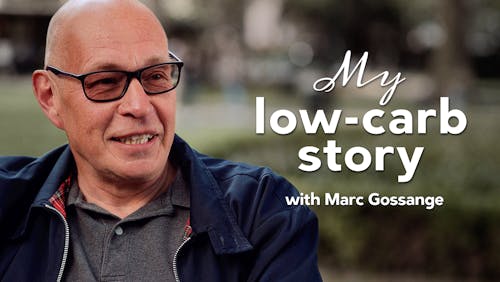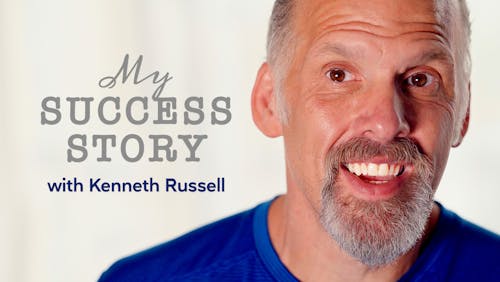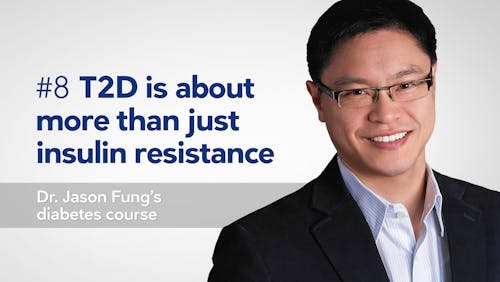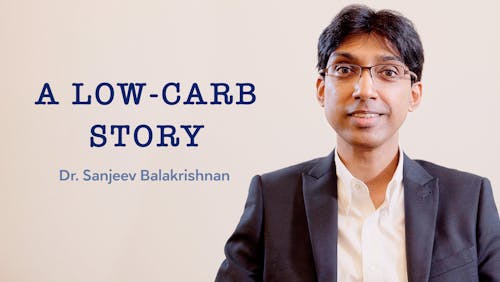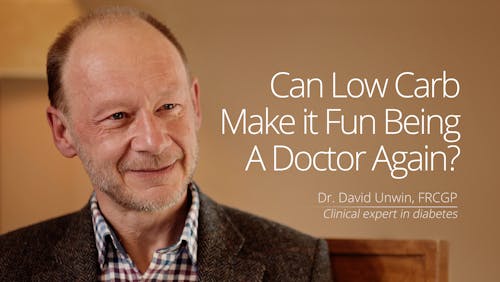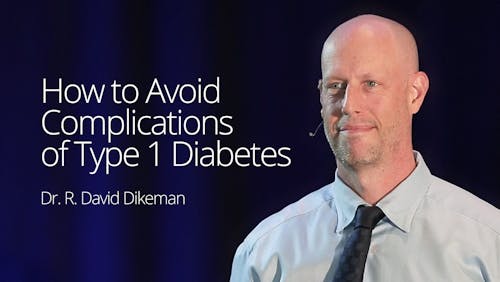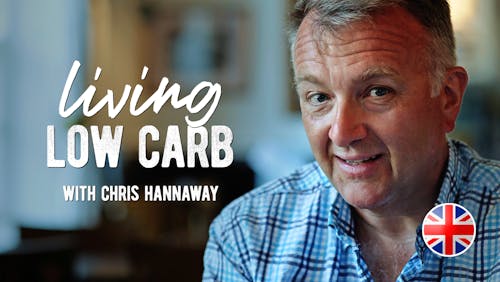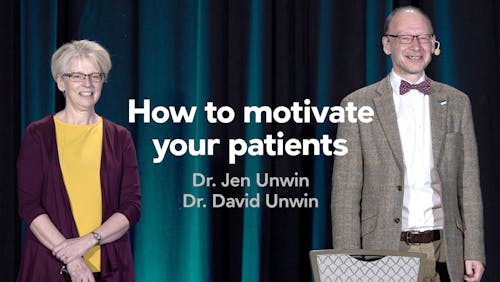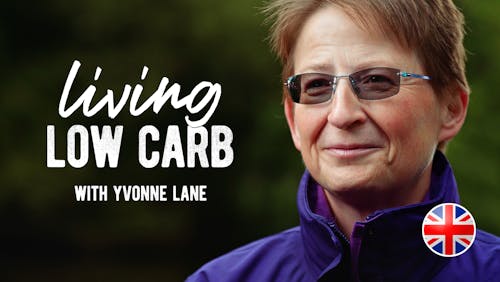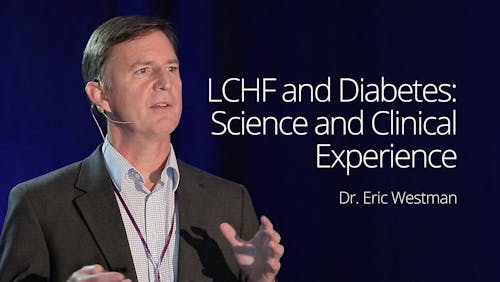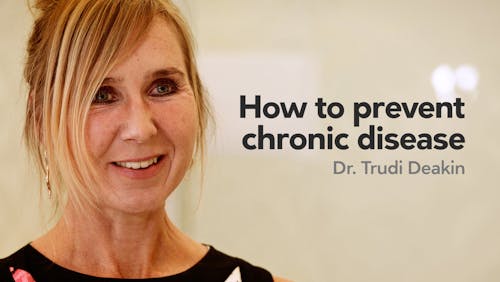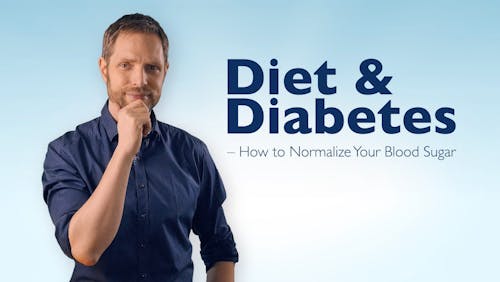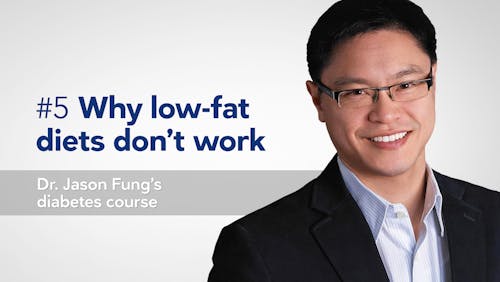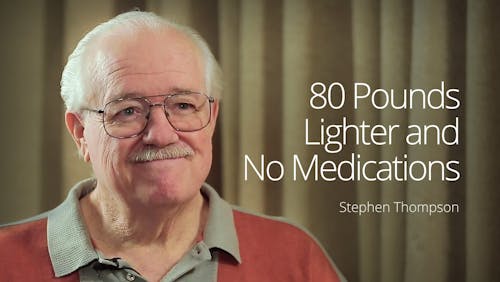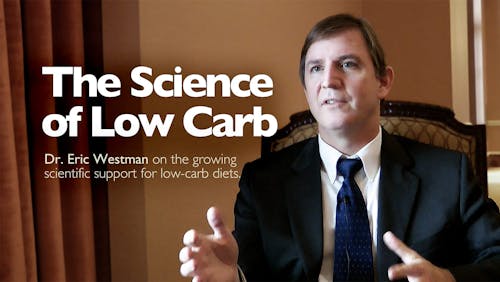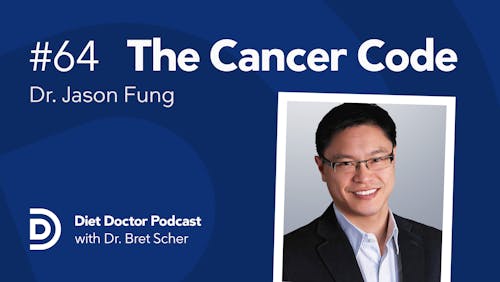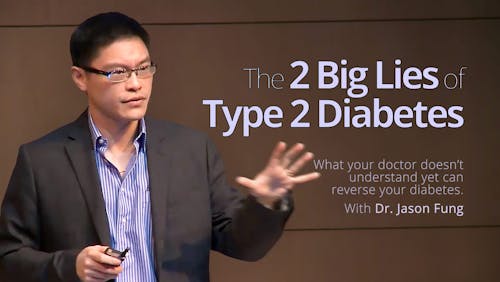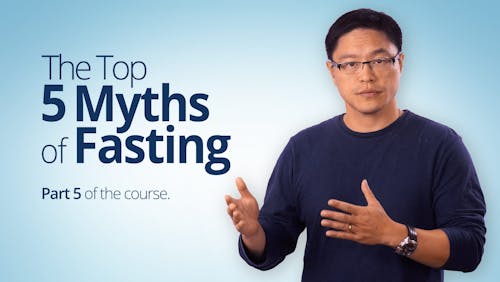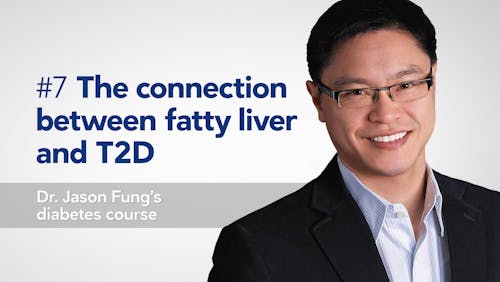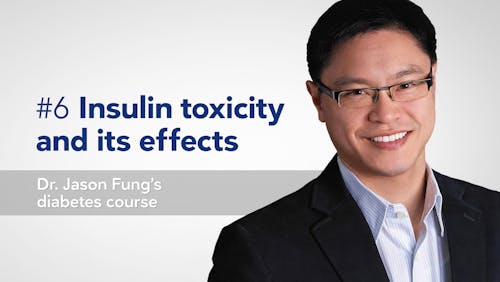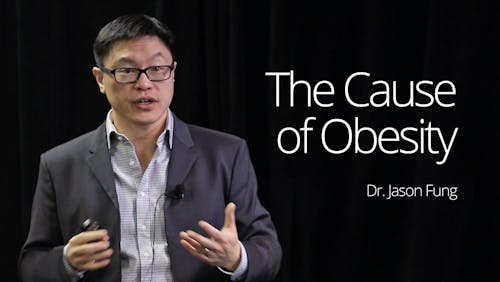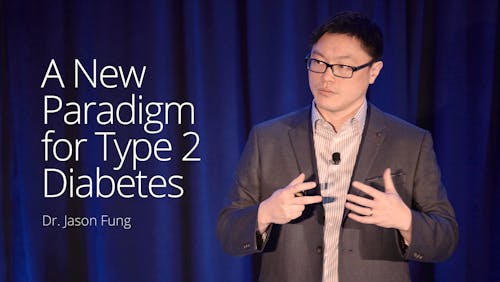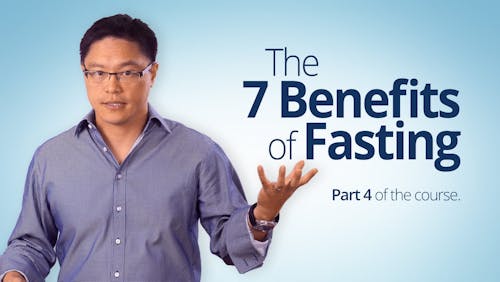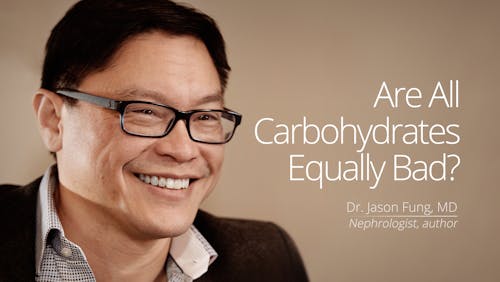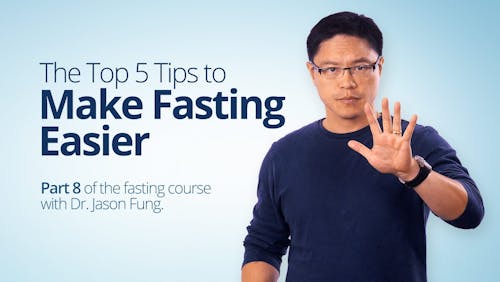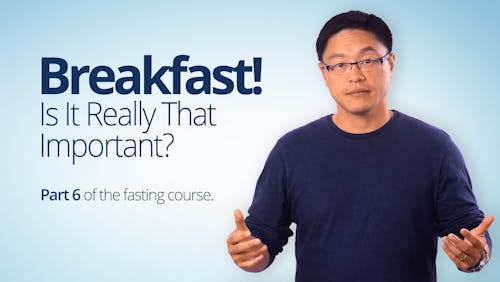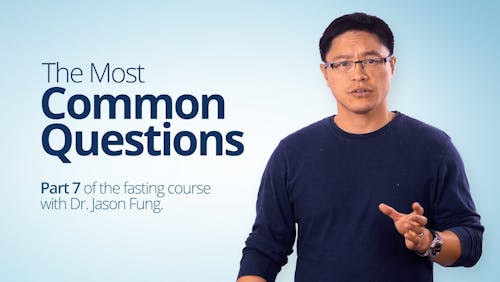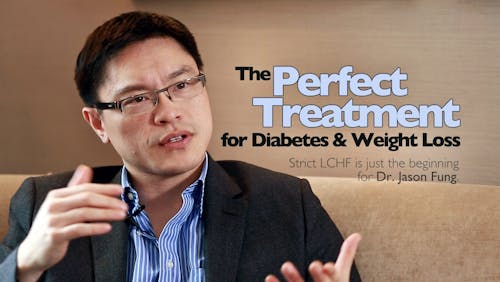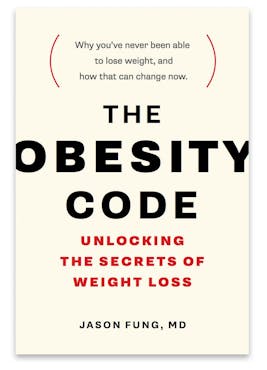Medications that actually work for type 2 diabetes
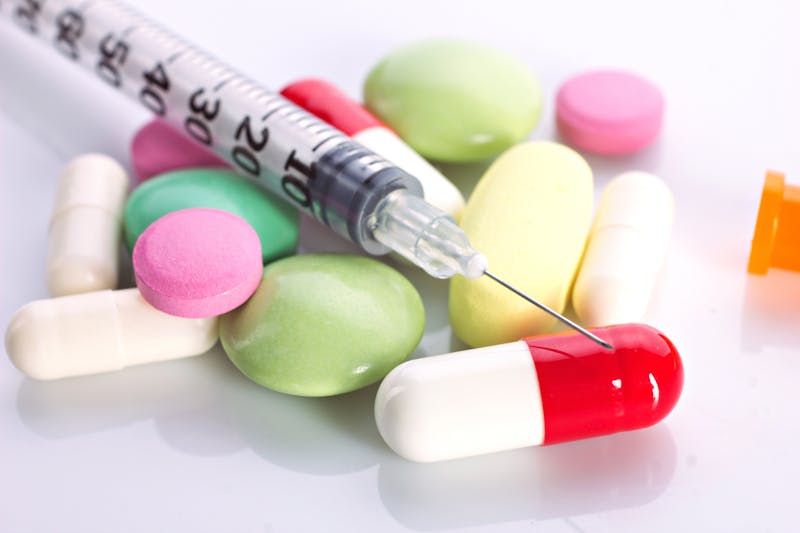
As we saw in our previous post, standard diabetes medications such as insulin, sulphonylureas, metformin and DPP4’s can reduce blood glucose but do not reduce cardiovascular disease or death. Yes, your sugars will be lower, but no, you will not be healthier.
Whether you take the medications or not, you will suffer the same risk of kidney disease, heart disease, stroke and death. So why take these medications at all? Well, that is a good question, for which I do not have a good answer.
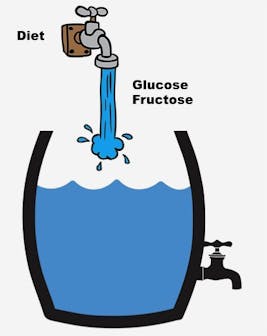


Our body is like the barrel in the picture. As we eat glucose and fructose, it can hold a certain amount. Glucose may be stored as glycogen in the liver or turned into fat via de novo lipogenesis. However, if the amount coming in far exceeds the amount going out, soon, the storage capacity of the barrel and will spill out.
We have two compartments for the glucose. In our body, and in our blood. If our body is full, incoming glucose spills out into the blood, which is now detectable as high blood glucose.
So, what happens when your doctor prescribes insulin? Does it get rid of the sugar from the body? No, not at all. It merely takes the sugar in the blood, and shoves it into the body. Sure, the blood has less glucose, but there’s more in the body. And the next time you eat, the same thing happens. Glucose comes in, spills out into the blood.
If you consider the rain barrel analogy, then insulin neither reduces the incoming water, nor does it increase the drainage of it. It merely sloshes the water around in different parts of the barrel. In your body, insulin has moved glucose from your blood into your liver. But it has not eliminated it from the body. This is the reason all those classic medications like insulin, SU, metformin do not make us healthier.
This is exactly what we see clinically. As we doctors have given more insulin and more medications, people still continued to suffer the same number of problems – heart disease, strokes, foot ulcers, kidney disease, blindness etc.
Newer medications
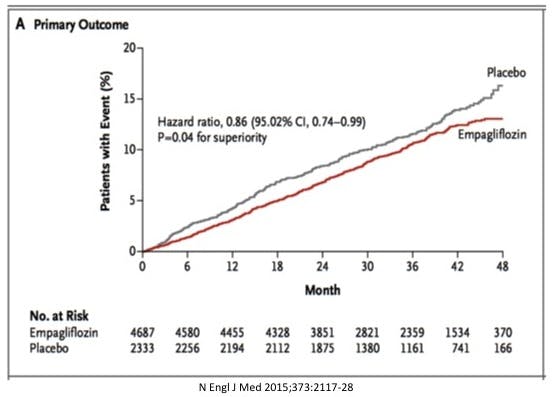


This idea was tested in the trial called EMPA-REG which tested for both cardiovascular outcomes and renal (kidney) outcomes. This was the gold standard of evidence – a randomized controlled trial.
This trial showed that the drug, empaglifozin, only reduced the A1c by a paltry 0.54%. This really sucks. Insulin, metformin, sulphonylureas all lower blood glucose way better. But that’s not the question. The primary outcome, death, heart attacks or strokes was reduced in the EMPA patients by 14%. Death from heart disease was reduced by 38%.
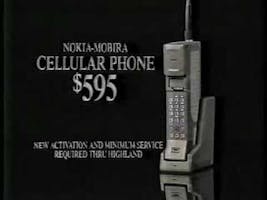


If cell phones were like kidney medications, we would all be using big chunky cell phones right now that do nothing other than place a call. Who even talks on the phone anymore? Yes, that is the state of medical research. No wonder engineers only shake their heads at the state of nutritional/ medical research.
This result was confirmed in the recent CANVAS study with another SGLT2 inhibitor. But the overwhelming question is why these drugs work. Once we understand the paradigm of insulin resistance, it’s pretty simple. Insulin resistance is about too much sugar in the body. SGLT2’s help get rid of that sugar so that it can’t stay inside the body to cause harm.
Emptying the body of glucose
But there’s another potential solution to the problem. Why can’t you simply turn off the tap leading to the overflowing rain barrel? This was tested in the STOP-NIDDM trial in 2003. The drug acarbose blocks the absorption of carbohydrates (glucose) into the body. Hey, that’s great. If it’s like the rain barrel – it is similar to turning off the inflow. Thus, glucose can’t come into the body where it will do harm.
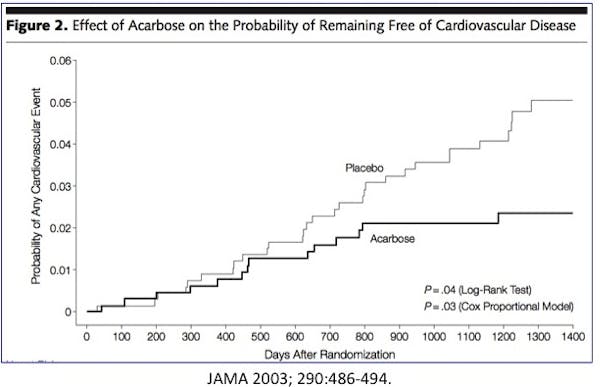


Another new class of medication is the GLP1 agonists. Liraglutide increases GLP1 which increases insulin temporarily, but also slows movement of the GI system and the resulting nausea causes weight loss. The LEADER trial a randomized controlled trial showed that these medications could reduce body weight. It reduces blood glucose, but only barely – an average of 0.4% – a pretty crappy effect according to conventional medical thinking.



In the appendix of the LEADER trial, it is significant that using Liraglutide meant you could avoid taking a lot of insulin. New insulin added dropped from 43.2% of patients to 28.6%, meaning that using liraglutide could reduce insulin usage.
Hmm… weight loss is obviously a big part of reducing insulin resistance. If you use medications like insulin and SUs that reduce blood glucose but increase weight, well, it may not be good. Metformin and DPP4s don’t cause weight gain or weight loss, and they’re neither good nor bad.
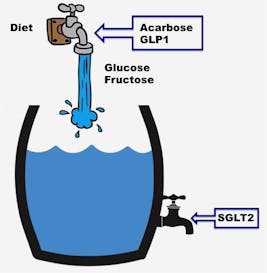


Insulin, metformin, SUs and DPP4s all do not rid the body of the excess glucose, neither do they prevent more glucose from coming in. So the studies consistently prove them useless.
What if you don’t need medications?
However, if you use medications that both lower the blood glucose and cause weight loss, well now you’re cooking with fire. All of the SGLT2, acarbose, and GLP1 lower blood glucose and lower body weight at the same time. And all of them are PROVEN with double blind randomized controlled trial to reduce heart disease and death. No coincidence.
But here’s the main point. If type 2 diabetes is simply the body filling up with too much sugar, then reversal only depends upon two things.
- Don’t put more sugar in – Acarbose, GLP1
- Get it out – SGLT2
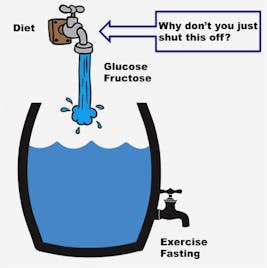


- Don’t put more sugar in – low-carb diets
- Burn it off – intermittent fasting
The key to reversal of type 2 diabetes is entirely within our grasp – as I’ve written before.
More
How to Reverse Type 2 Diabetes
Diabetes
Dr. Fung
More with Dr. Fung
Dr. Fung has his own blog at intensivedietarymanagement.com. He is also active on Twitter.His book The Obesity Code is available on Amazon.
His new book, The Complete Guide to Fasting is also available on Amazon.



